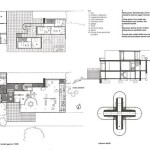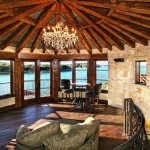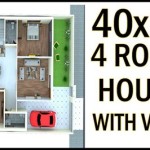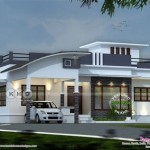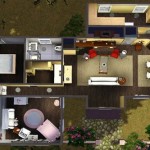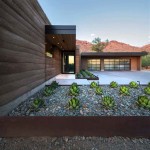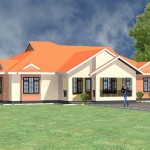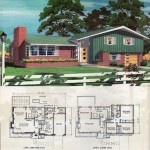Essential Aspects of Commercial Greenhouse Floor Plans
Commercial greenhouses are complex structures that require careful planning to optimize efficiency, productivity, and profitability. Creating a well-designed floor plan is a critical aspect of greenhouse design, as it lays the foundation for all other aspects of the operation.
This article explores the essential aspects to consider when creating a commercial greenhouse floor plan. By addressing these elements, growers can ensure their greenhouse meets their specific needs and provides the ideal environment for plant growth and production.
1. Greenhouse Orientation and Benching Layout
The orientation of the greenhouse and the layout of the benches within it play a crucial role in maximizing sunlight exposure and optimizing airflow. The ideal orientation varies depending on the location and climate, but generally, greenhouses should be oriented north-south to receive maximum sunlight throughout the day.
The benching layout should be designed to maximize space utilization while providing adequate spacing for plant growth and maintenance. Factors to consider include bench width, aisle width, and the height of the benches. The layout should also allow for efficient movement of equipment and personnel.
2. Climate Control Zones
Depending on the crops grown and the desired climate conditions, commercial greenhouses may be divided into multiple climate control zones. These zones allow for different environmental conditions, such as temperature, humidity, and light intensity, to be maintained in different parts of the greenhouse.
The floor plan should clearly define the boundaries of each zone and incorporate the necessary infrastructure, such as heating, cooling, and lighting systems, to maintain the desired conditions in each zone.
3. Lighting and Shading Systems
The provision of adequate lighting is essential for plant growth and productivity. The floor plan should incorporate lighting systems that provide the required light intensity and duration for the specific crops being grown. Factors to consider include the type of lighting (e.g., natural, artificial, or supplemental), the fixture layout, and the control systems.
Shading systems may also be necessary to protect plants from excessive sunlight or heat during certain times of the day or year. The floor plan should account for the placement of shade curtains or other shading mechanisms.
4. Irrigation and Fertigation Systems
The floor plan should incorporate a well-designed irrigation system to provide water and nutrients to the plants. Factors to consider include the type of irrigation system (e.g., drip, overhead, or ebb and flow), the placement of irrigation lines, and the control systems.
Fertigation, the process of applying fertilizers through the irrigation system, should also be considered. The floor plan should include the necessary infrastructure for injecting fertilizers into the irrigation water.
5. Access and Traffic Flow
The floor plan should ensure efficient access to all areas of the greenhouse for maintenance, crop monitoring, and harvesting. Adequate aisles and walkways should be provided to allow for easy movement of equipment and personnel.
The floor plan should also include designated areas for loading and unloading, as well as for storage and equipment.
6. Sustainability Considerations
In today's environmentally conscious market, commercial greenhouses should strive for sustainability. The floor plan should incorporate features that minimize energy consumption, water usage, and environmental impact.
Factors to consider include the use of energy-efficient lighting and heating systems, rainwater harvesting systems, and renewable energy sources.
Conclusion
Creating a well-designed commercial greenhouse floor plan is crucial for maximizing efficiency, productivity, and sustainability. By addressing the essential aspects discussed in this article, growers can ensure their greenhouse meets their specific needs and provides the optimal environment for plant growth and production.
Remember to consult with experienced greenhouse designers and engineers to develop a floor plan tailored to your unique requirements and objectives.

Ceres Schematic Design Bringing Your Commercial Greenhouse Facility From Idea To Reality Cans

Ceres Schematic Design Bringing Your Commercial Greenhouse Facility From Idea To Reality Cans

Commercial Microgreens Greenhouse Designed For Our Client Nft Hydro

Greenhouses Fully Custom Solar Innovations

Floor Plan Of The Aquaponic Research And Training Facility Scientific Diagram

Research And Commercial Greenhouses Information Engineering360 Diy Greenhouse Plans Wooden

Typical Designs Of Italian Steel Greenhouses Scientific Diagram

Greenhouse Design Engineering Plans Pse Consulting Engineers Inc

Greenhouse Benches

Bul235 Ae016 Florida Greenhouse Design

